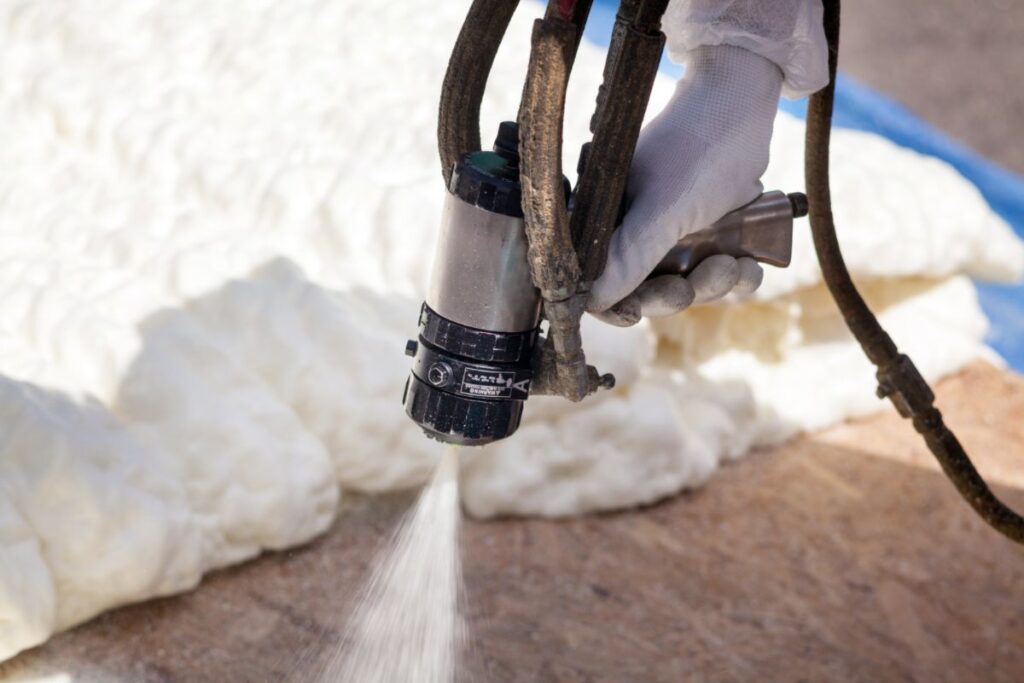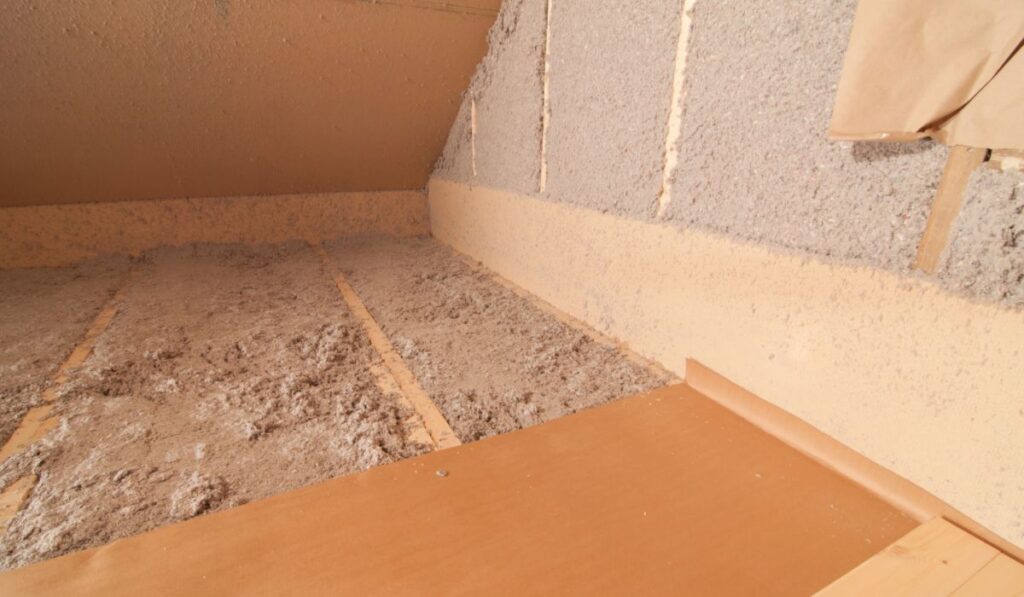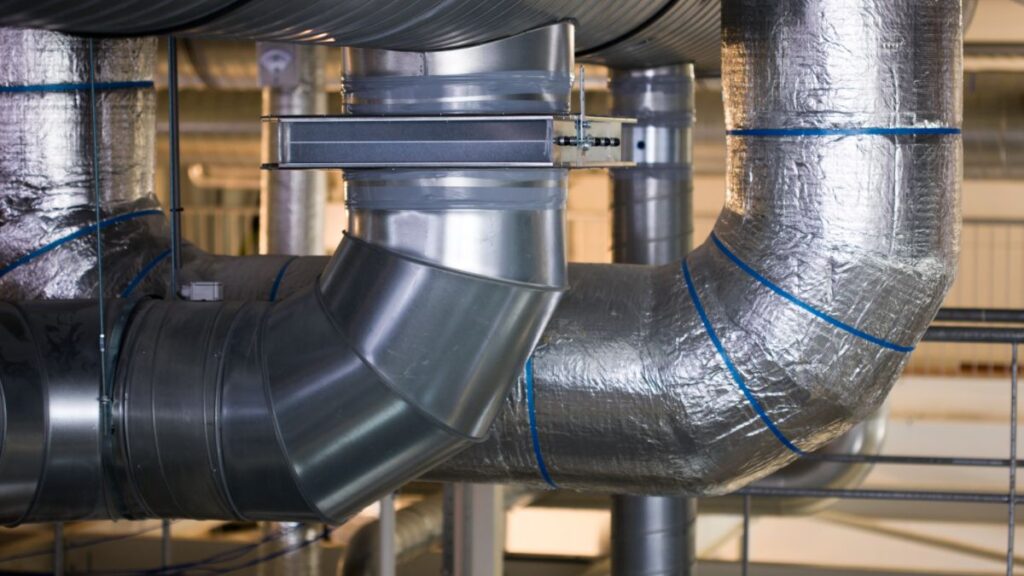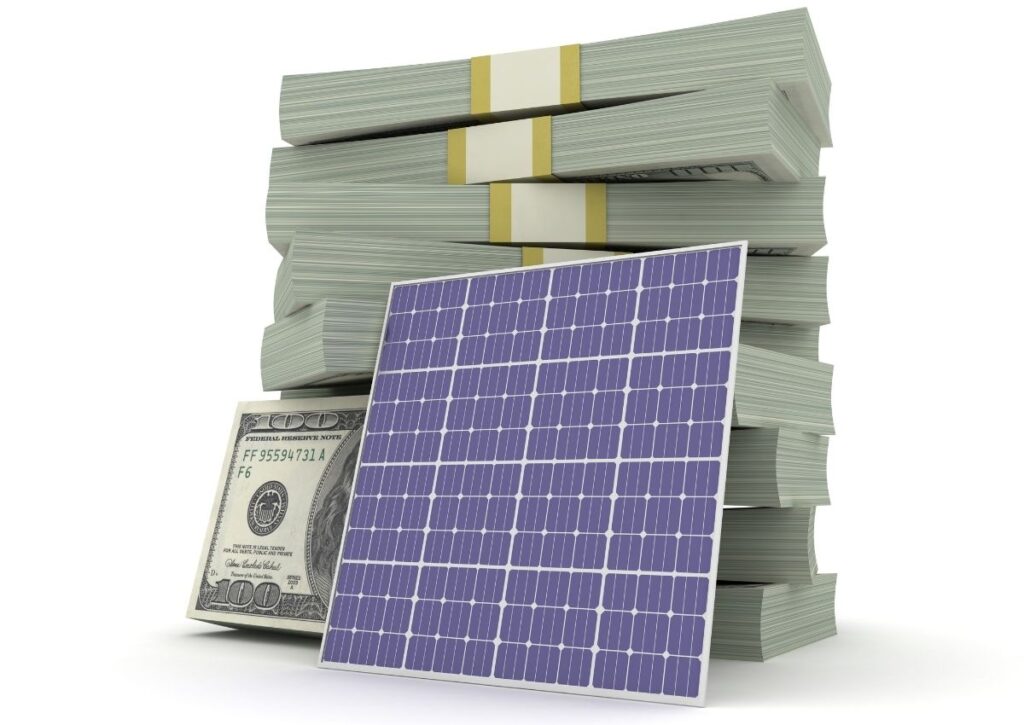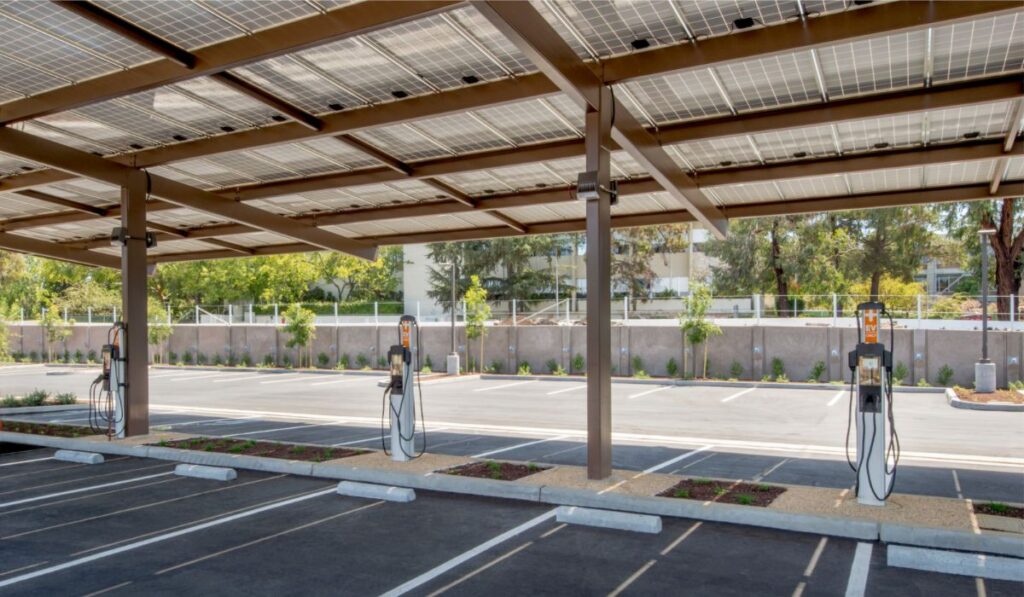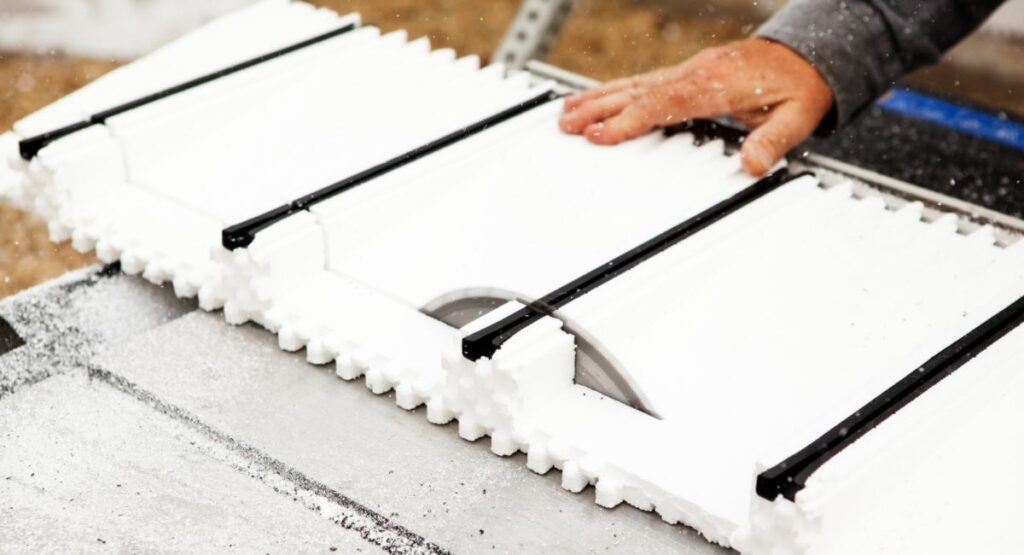What is the R-Value of Spray Foam Insulation? (With Chart)
Spray foam is a great way to insulate your home. It is versatile in its usage and is highly effective in shielding homes and businesses from thermal penetration. Additionally, its R-value could influence your insulation decision process.
What Are Cool Roofs Made Of? (The Most Efficient Materials)
Cool roofing isn’t an entirely new concept. Scientists have assessed materials that can lower thermal emittance and solar reflectance for countless years. In fact, the very first “cool roof” material was introduced in California more than two decades ago! This article will explore some of the most efficient materials available on the market from which cool roofs are made.
Cellulose vs. Fiberglass Insulation: The Heavyweight Matchup
Cellulose and fiberglass insulation are two of the most common and cost-effective types of insulation. Homeowners across the United States use both types of insulation to protect their homes from thermal penetration.
The Beginner’s Guide to Air Duct Sealing: Three Proven Methods
Duct sealing is usually an afterthought in many home improvement projects, but it can make or break the efficiency of your HVAC systems. Generally, air duct pathways are imperfect and have tiny gaps that can leak large amounts of air.
How Can Your Credit Score Impact Getting a Solar Loan?
Unless you have $20,000 to invest in a solar system, you might need to consider getting a solar loan initially, which might make you wonder if your credit score is good enough to qualify you for a solar loan.
Energy-Saving Ceiling Fans: Pros and Cons
Even though many of us love summer, it brings one huge drawback—the increased use of fans and air conditioning, which results in higher electricity bills. This article will take a deeper look at what energy-saving ceiling fans are and if they are actually worth your money.
Furnish Your Home With These 18 Sustainable Furniture Shops
It can be challenging to find sustainable and green furniture for your home. Time and time again, companies use materials with chemicals that can be harmful or do not sustainably source their materials.
Solar Panels to Power Your Electric Vehicle: A How-to Guide
If you’re thinking of investing in an EV or already own one, the best way to amplify your vehicle’s value is to power it with solar energy. Solar panels coupled with an electric vehicle can significantly reduce your energy costs and overall carbon footprint.
Cellulose Insulation Pros and Cons (Loose-Fill and Sprayed)
Made primarily from recycled newsprint and denim, cellulose is an eco-friendly insulating material. The pros and cons of cellulose insulation are closely tied to the material itself and how it is manufactured and installed.
ICF vs. SIP Construction: The Pros and Cons of Each
Insulated Concrete Form (ICF) and Structural Insulated Panel (SIP) construction are two different ways you can construct the exterior of your home. Both of these types of construction reduce construction time while increasing your home’s energy efficiency.

